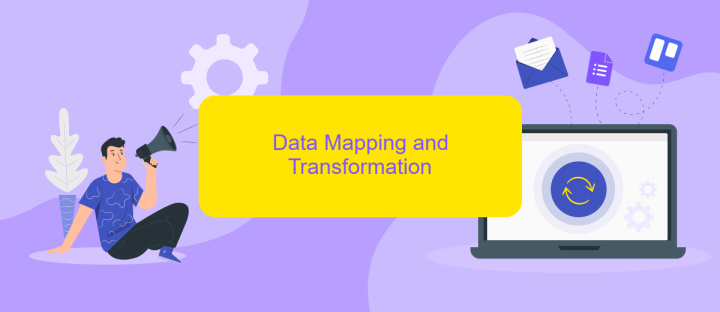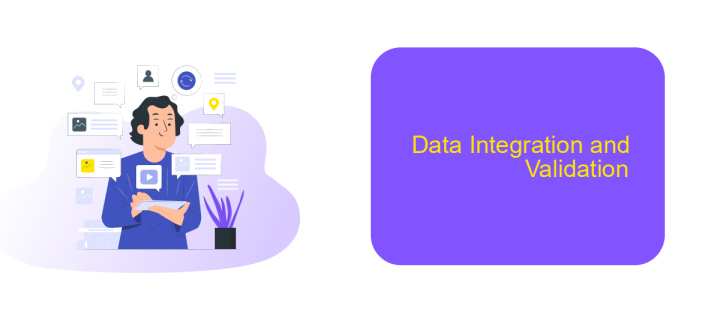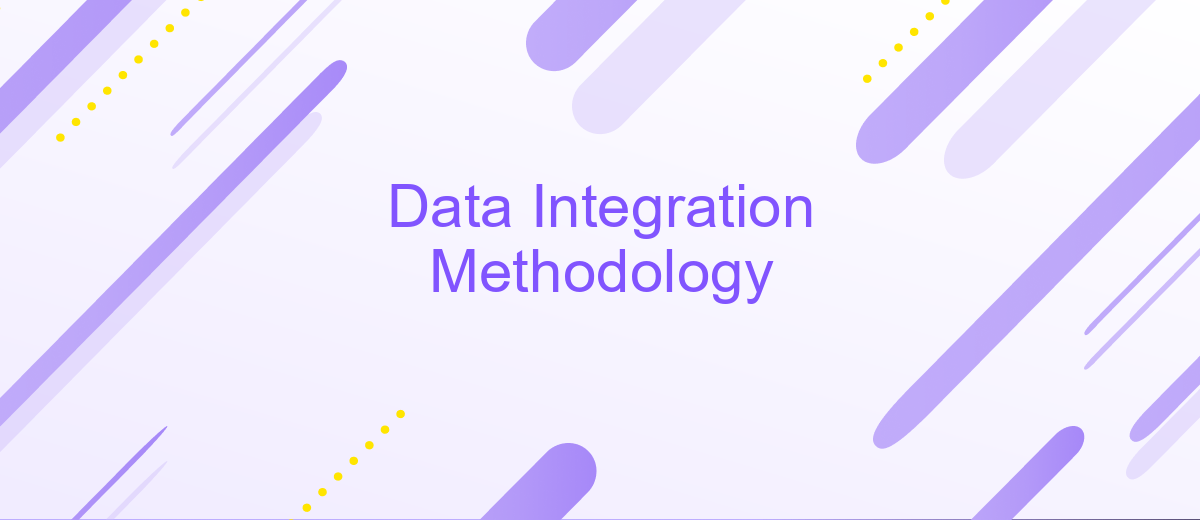Data Integration Methodology
Data Integration Methodology is a critical aspect of modern data management, enabling organizations to consolidate diverse data sources into a unified, cohesive view. This process enhances decision-making, streamlines operations, and fosters data-driven innovation. In this article, we explore the key principles, techniques, and best practices that underpin effective data integration, ensuring seamless and accurate data flow across various systems.
Introduction
Data integration is a crucial process for businesses aiming to consolidate information from various sources into a unified view. This methodology facilitates improved decision-making, operational efficiency, and data consistency across the organization. By integrating disparate data sources, companies can gain a holistic understanding of their operations and customer interactions.
- Enhanced data accuracy and reliability
- Streamlined business processes
- Improved data accessibility and usability
- Facilitation of real-time analytics and reporting
In the realm of data integration, tools like ApiX-Drive play a significant role. ApiX-Drive simplifies the integration process by providing a user-friendly platform to connect various applications and data sources effortlessly. This service ensures seamless data flow, reducing the need for manual interventions and minimizing errors. By leveraging such tools, organizations can achieve efficient and effective data integration, paving the way for enhanced business intelligence and operational success.
Data Assessment and Profiling

Data assessment and profiling are critical steps in any data integration methodology. These processes involve evaluating the quality, consistency, and structure of the data from various sources before integrating them into a unified system. By conducting a thorough assessment, organizations can identify data anomalies, redundancies, and inaccuracies that could hinder the integration process. Profiling helps in understanding the data's characteristics, such as data types, patterns, and distributions, which are essential for designing effective integration strategies.
Utilizing advanced tools and services like ApiX-Drive can significantly streamline data assessment and profiling. ApiX-Drive offers robust features for connecting and integrating data from multiple sources, ensuring that the data is clean, consistent, and ready for integration. With its user-friendly interface and automated workflows, ApiX-Drive simplifies the process of data mapping, transformation, and validation, thereby enhancing the overall efficiency and accuracy of the data integration process. This ensures that businesses can make informed decisions based on reliable and high-quality data.
Data Mapping and Transformation

Data mapping and transformation are critical steps in the data integration process. These steps ensure that data from various sources is accurately aligned and converted into a consistent format for analysis and reporting. Effective data mapping identifies the relationships between different data elements, while transformation modifies the data to meet the target system's requirements.
- Identify data sources and target systems.
- Define mapping rules and relationships.
- Apply data transformation techniques.
- Validate and test the transformed data.
- Deploy and monitor the integration process.
Tools like ApiX-Drive facilitate seamless data mapping and transformation by offering user-friendly interfaces and automated workflows. These tools help in configuring integrations without extensive coding, making the process efficient and less error-prone. By leveraging such services, organizations can ensure that their data integration efforts are both accurate and scalable, ultimately leading to better decision-making and operational efficiency.
Data Integration and Validation

Data integration involves combining data from various sources into a unified view, ensuring consistency and accuracy. This process is critical for organizations that rely on diverse data sets to make informed decisions. Effective data integration requires robust methodologies and tools to handle data from different formats and systems.
Validation is a crucial step in the data integration process. It ensures that the data being integrated is accurate, complete, and reliable. Without proper validation, integrated data can lead to incorrect analysis and poor decision-making. Therefore, implementing a comprehensive validation framework is essential.
- Verify data consistency across sources
- Ensure data completeness and accuracy
- Identify and resolve data discrepancies
- Utilize automated tools for continuous validation
Tools like ApiX-Drive can streamline the integration and validation process. ApiX-Drive offers automated workflows that connect various data sources, ensuring seamless data transfer and real-time validation. By leveraging such tools, organizations can enhance their data integration efforts, leading to more reliable and actionable insights.
- Automate the work of an online store or landing
- Empower through integration
- Don't spend money on programmers and integrators
- Save time by automating routine tasks
Deployment and Monitoring
Effective deployment of data integration solutions requires a well-structured approach. Initially, it's crucial to ensure that all components are correctly configured and aligned with the overall system architecture. Tools like ApiX-Drive can significantly simplify this process by providing seamless integration capabilities and pre-built connectors for various data sources. By leveraging such tools, organizations can reduce the time and effort required to deploy complex data integration solutions, ensuring that data flows smoothly between systems.
Once the deployment is complete, continuous monitoring is essential to maintain data integrity and performance. Implementing robust monitoring frameworks allows for real-time tracking of data pipelines, identifying potential issues before they escalate into critical problems. ApiX-Drive also offers monitoring features that enable users to receive alerts and generate reports on data transfer activities. This proactive approach ensures that any anomalies are promptly addressed, thereby maintaining the reliability and efficiency of the data integration process.
FAQ
What is Data Integration Methodology?
Why is Data Integration important?
What are the common challenges in Data Integration?
How can automation help in Data Integration?
What are the key steps in a Data Integration Methodology?
Time is the most valuable resource in today's business realities. By eliminating the routine from work processes, you will get more opportunities to implement the most daring plans and ideas. Choose – you can continue to waste time, money and nerves on inefficient solutions, or you can use ApiX-Drive, automating work processes and achieving results with minimal investment of money, effort and human resources.


